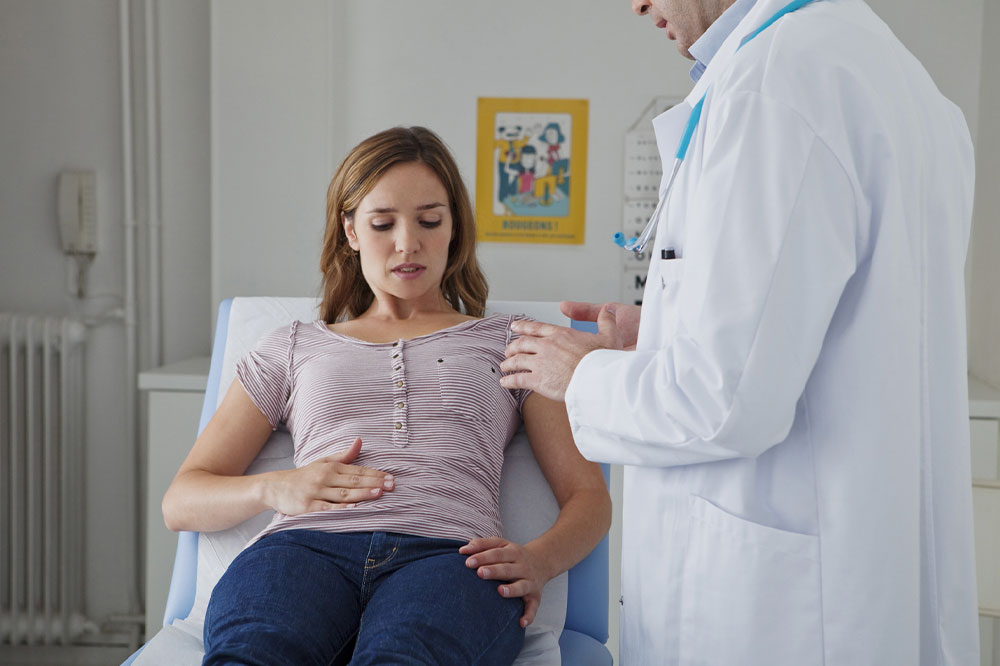Impact of excessive sugar consumption on liver health

The liver excretes bile and regulates several hormone levels in the body. It stores fat-soluble vitamins and handles cholesterol homeostasis in the body. The food and beverages one consumes have a major impact on determining the liver’s functioning. Consuming excessive amounts of sugar, especially fructose, can lead to fat buildup, making one more susceptible to liver disease. Although this is a benign condition, it may progress to steatohepatitis or liver failure (cirrhosis).
How does sugar consumption impact liver function?
There are three simple sugars in the body: glucose, galactose, and fructose. Some of this is utilized immediately as energy, while the rest is stored for future use. The liver is responsible for metabolizing fructose. Naturally occurring fructose comes from fruits, vegetables, and honey. High-fructose corn syrup is also a common additive in processed foods like candy, bread, and condiments. Since the liver’s ability to metabolize fructose is limited, any excess fructose converts to fat. This process is known as lipogenesis.
Fat is stored in various parts of the body, including the liver. Over time, excessive fat buildup in the body can lead to the replacement of healthy liver cells by fat cells, giving rise to fatty liver disease. Sugar also causes inflammation. Consuming high levels of sugar can cause damage to major organs, including the liver, which can affect its ability to function properly.
To maintain a healthy liver, the American Heart Association recommends limiting daily added sugar intake to 150 calories (or nine teaspoons) for men and 100 calories (or six teaspoons) for women. It is also recommended to watch fructose intake and limit it to between 25 and 40 grams per day. This number may vary depending on age, gender, height, and lifestyle.
What are the symptoms of fatty liver disease?
In its nascent stages, fatty liver disease may not have any signs or symptoms. However, as time progresses, one may experience the following:
- Abdominal pain: Fatty liver disease can cause liver enlargement. Due to this, one may experience pain in the upper right side of the abdomen.
- High blood pressure: High blood pressure, also known as portal hypertension, occurs when fat buildup in the liver slows down blood flow and increases the pressure on the vein that brings blood to the liver.
- Spleen enlargement: With portal hypertension, the spleen traps white blood cells and platelets. This can cause swelling of the spleen, which is also known as splenomegaly. It can make one more susceptible to infections.
- Bleeding: The increased pressure on the main vein can lead to the redirection of blood to other smaller veins. This increased load can cause these veins to burst and lead to life-threatening bleeding.
- Nausea: Over time, with fatty liver disease, the organ’s ability to remove toxins decreases. This causes an increase in digestive issues such as constipation and bowel disorders and can give rise to nausea as the body tries to find alternatives to discharge toxins.
- Loss of appetite: The increasing size of the liver can also limit one’s appetite. This symptom appears in the later stages of the disease and is a sign of cirrhosis.
- Jaundice: Jaundice, another symptom of cirrhosis, occurs when the liver cannot process bilirubin. This leads to a large amount of bilirubin in the bloodstream, which makes the skin and the whites of the eyes appear yellow.
- Edema: As fat collection in the liver progresses, it slows down the blood flow through the liver, increasing the pressure on the vein that supplies blood to this organ. This can lead to fluid accumulation in the leg, causing edema. It can also lead to ascites, the accumulation of fluid in the stomach.
- Fatigue: One may also experience fatigue when living with fatty liver disease. It may differ from person to person and can be intermittent or constant, mild or severe.
- Mental confusion: Impeded liver function impacts the removal of toxins like ammonia. When left in the bloodstream, these can reach the brain and lead to a state of confusion. This is known as encephalopathy. It can also lead to changes in sleeping patterns, concentration, and memory.
Some other symptoms of advanced liver disease include itchy skin, the appearance of spider-like blood vessels on the skin, redness in the palms of the hands, pale fingernails (especially the thumb and index finger), clubbing of the fingers, unexplained absence or loss of periods in women, and reduced sex drive, testicular shrinkage, or breast enlargement (gynecomastia) in men.



